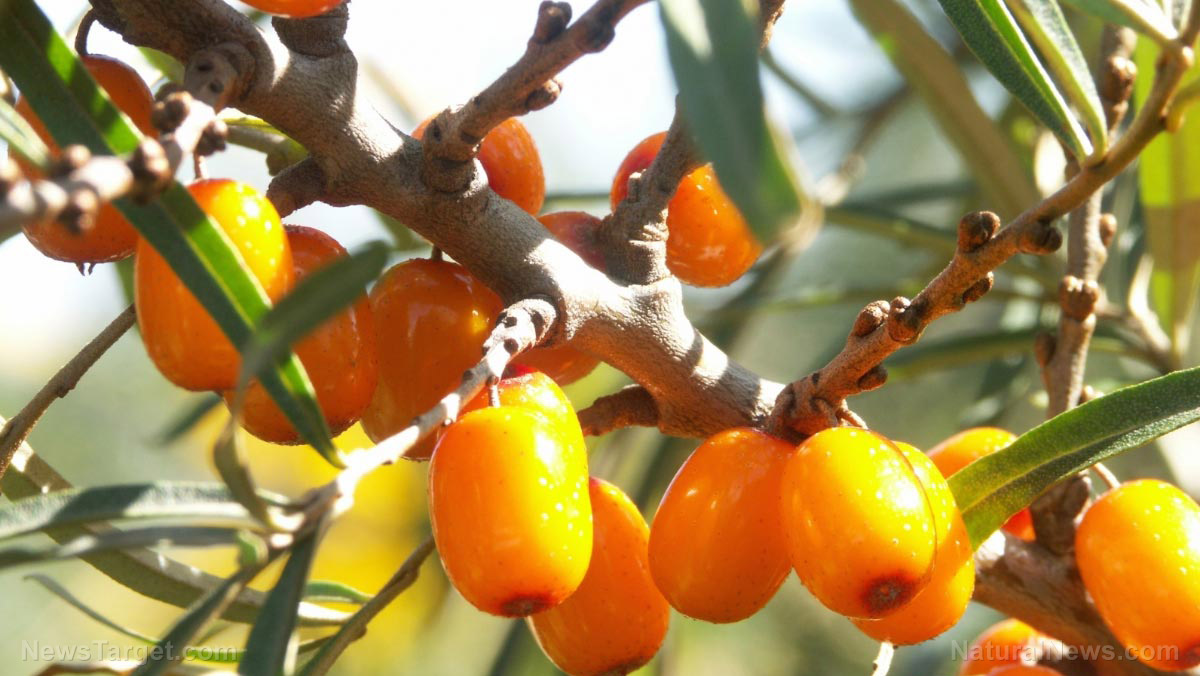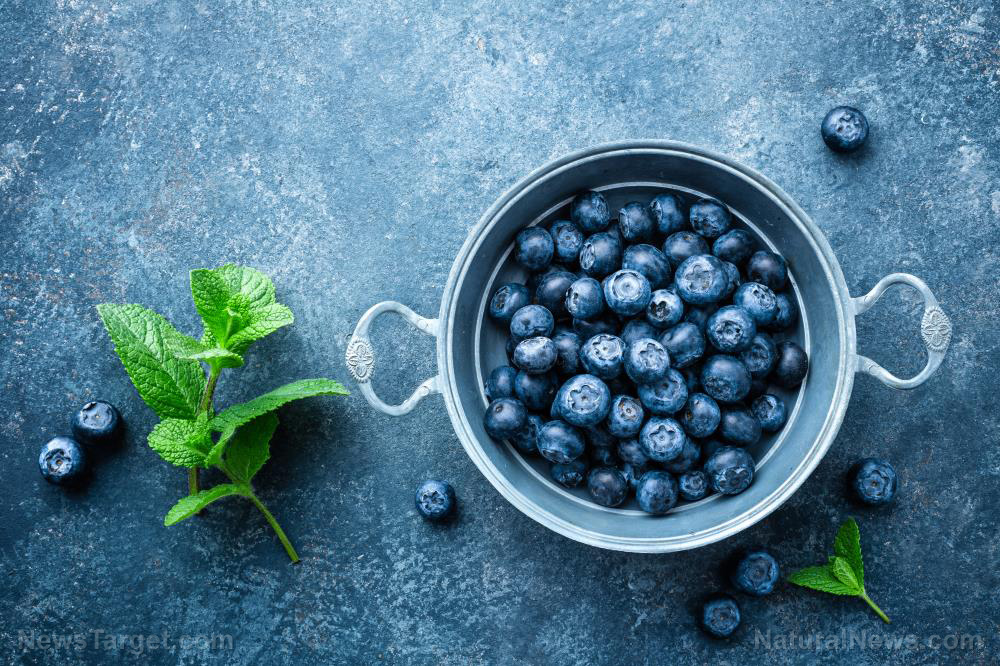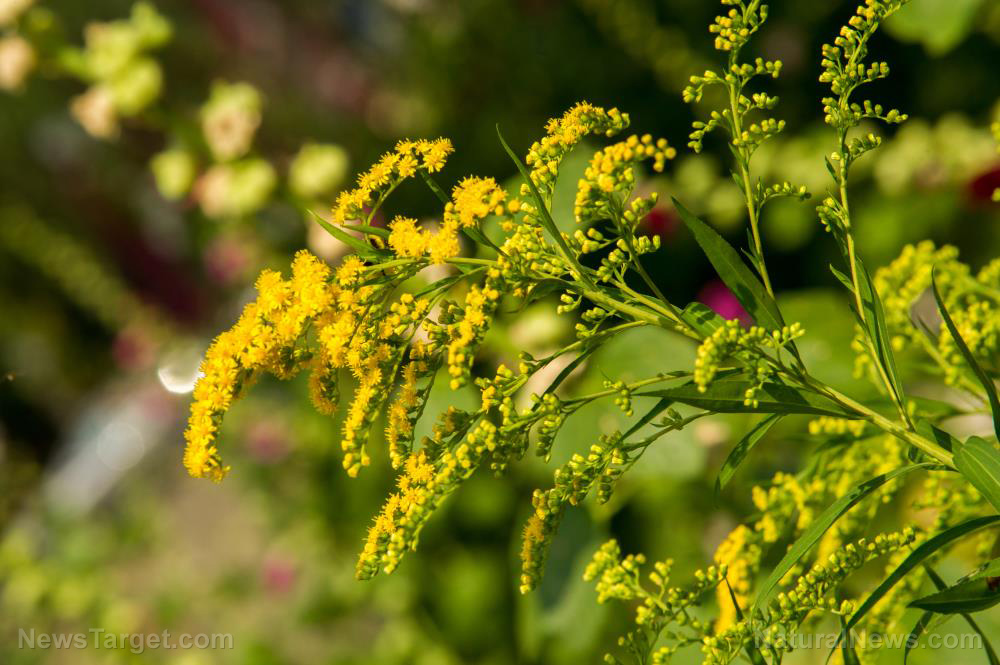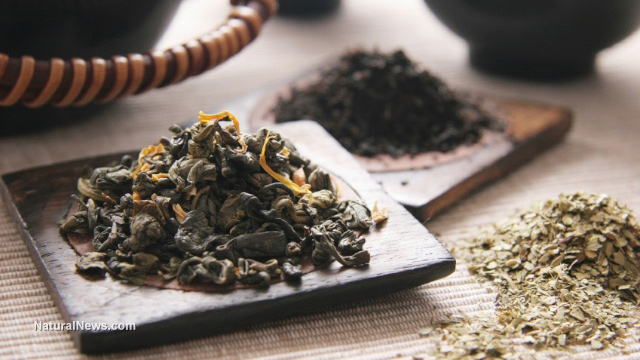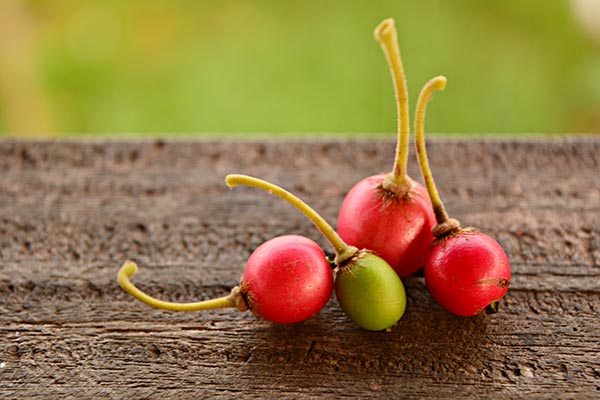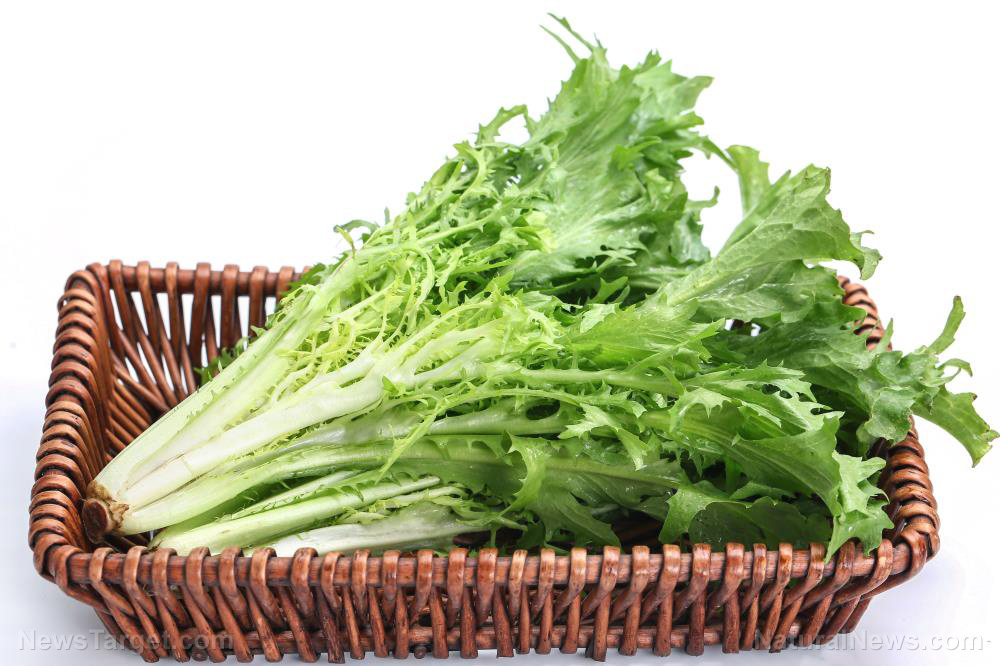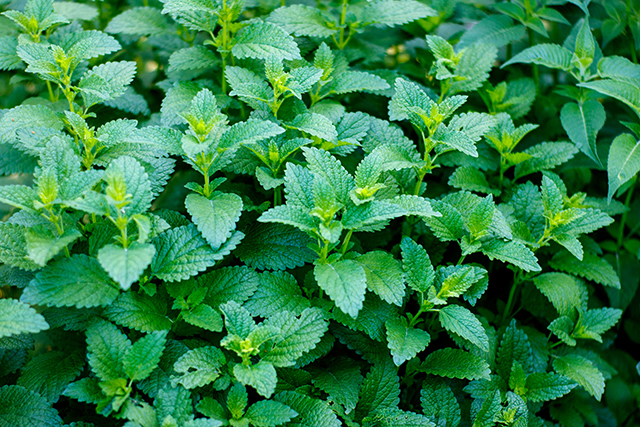Polysaccharides from ginseng berries demonstrate strong immune-enhancing effects
05/18/2020 / By Evangelyn Rodriguez

Ginseng is known worldwide as a medicinal herb that increases longevity. The root of this short, slow-growing plant is its most used part, as the ginseng root is abundant in bioactive compounds called ginsenosides. Ginsenosides are responsible for many of ginseng’s medicinal properties.
According to research, ginsenosides are triterpene glycosides or saponins with numerous biological activities, including anti-diabetic, anti-cancer, anti-inflammatory, antioxidant and neuroprotective properties. But a previous study has found that ginsenosides are concentrated not just in the roots of the ginseng plant, but also in its berries. In fact, ginseng berries contain higher amounts of ginsenosides than ginseng roots.
In addition to ginsenosides, ginseng berries contain acidic polysaccharides, which also have useful biological activities. In a recent study, South Korean researchers investigated the effects of these polysaccharides on the activation of natural killer (NK) cells and the inhibition of tumors. They discussed their findings in an article published in The American Journal of Chinese Medicine.
Ginseng berries can boost the immune system and prevent tumors
Ginseng root is widely used in traditional Chinese medicine for the enhancement of immune system function. However, the effects of ginseng berries on said function remains unknown. To find out if they also have immune-stimulating effects, the researchers isolated a crude polysaccharide (GBPP) from ginseng berries and used gel filtration chromatography to obtain three more fractions: GBPP-I, GBPP-II and GBPP-III.
The researchers reported that GBPP-I consisted mainly of the sugars galactose (46.9 percent) and arabinose (27.5 percent). Treatment with GBPP-I induced murine peritoneal macrophages – a type of white blood cell – to produce more interleukin (IL)-6, IL-12 and tumor necrosis factor (TNF)-a, which are all pro-inflammatory molecules.
Meanwhile, oral administration of GBPP-I significantly increased the cell toxicity of NK cells in mice with lymphoma, as well as the production of granzyme B. NK cells are a type of white blood cell that play a role in the rejection of tumors and virally infected cells. These cells go out of control in lymphomas. Granzyme B is a cytotoxic protein produced by NK cells that triggers apoptosis in target cells.
The researchers also found that intravenous and oral administration of GBPP-I significantly and dose-dependently inhibited the metastasis of B16-BL6 melanoma cells to the lungs. On the other hand, injection of rabbit anti-asialo GM1, an antibody that depletes NK cells, negated the inhibitory effect of GBPP-I on the metastatic activity of melanoma cells. This suggests that NK cells are involved in GBPP-I’s anti-cancer activity.
Based on these findings, the researchers concluded that GBPP-I has strong-immune-enhancing activity and can prevent cancer metastasis via the activation of NK cells and other immune-related cells.
The medicinal properties of ginseng berries
According to Japanese and Korean researchers, ginseng berry may be superior to ginseng root in terms of phytonutrient content. Besides having larger amounts of vitamin E, vitamin K, folic acid and potassium than any other part of ginseng, ginseng berries also contain higher levels of ginsenoside Re. Ginsenoside Re is an active compound that contributes to ginseng’s ability to reduce inflammation, lower stress levels and treat cancer.
Here are some of the other benefits of ginseng berries that have been reported by studies:
- They lower blood sugar levels
- They improve insulin sensitivity
- They prevent tumors
- They reduce the side effects of chemotherapy
- They protect against oxidative stress
- They can treat erectile dysfunction
- They protect against neurodegenerative diseases
- They improve cognitive performance
Ginseng berries are functional foods that can be used to address a variety of diseases and promote good overall health. In addition, they serve as excellent sources of bioactive compounds, which have the potential to be safer and more effective medicines than conventional drugs. To learn more about ginseng berries and other functional foods, visit FoodIsMedicine.com.
Sources include:
Longdom.org [PDF]
Tagged Under: alternative medicine, cancer cures, cancer metastasis, disease treatments, food cures, food is medicine, functional food, ginseng berries, herbal medicine, Herbs, immune system, natural cures, natural medicine, phytonutrients, prevention, remedies, research
RECENT NEWS & ARTICLES
COPYRIGHT © 2017 PHYTONUTRIENTS NEWS

